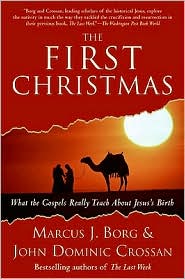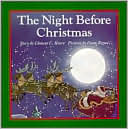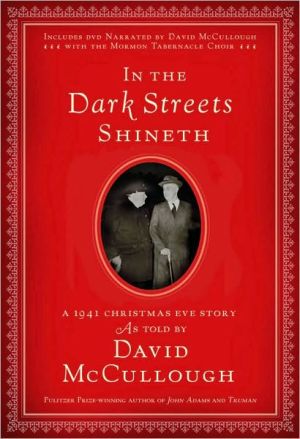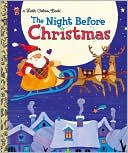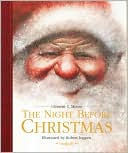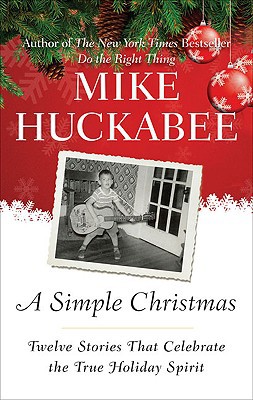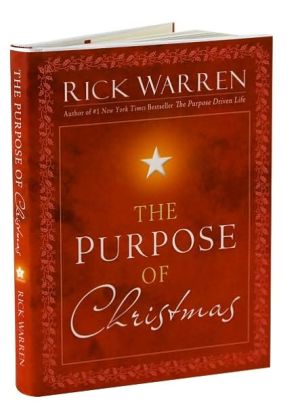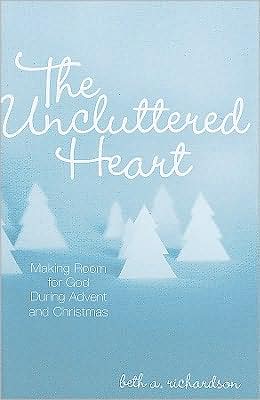The First Christmas: What the Gospels Really Teach About Jesus's Birth
In The First Christmas, two of today's top Jesus scholars, Marcus J. Borg and John Dominic Crossan, join forces to show how history has biased our reading of the nativity story as it appears in the gospels of Matthew and Luke. As they did for Easter in their previous book, The Last Week, here they explore the beginning of the life of Christ, peeling away the sentimentalism that has built up over the last two thousand years around this most well known of all stories to reveal the truth of what...
Search in google:
In The First Christmas, two of today's top Jesus scholars, Marcus J. Borg and John Dominic Crossan, join forces to show how history has biased our reading of the nativity story as it appears in the gospels of Matthew and Luke. As they did for Easter in their previous book, The Last Week, here they explore the beginning of the life of Christ, peeling away the sentimentalism that has built up over the last two thousand years around this most well known of all stories to reveal the truth of what the gospels actually say. Borg and Crossan help us to see this well-known narrative afresh by answering the question, "What do these stories mean?" in the context of both the first century and the twenty-first century. They successfully show that the Christmas story, read in its original context, is far richer and more challenging than people imagine. The Progressive Christian “With meticulous scholarship and accessible language, “The first Christmas”... uncover(s) the genuine meaning of...the Birth of Jesus.”
The First Christmas\ What the Gospels Really Teach About Jesus's Birth \ \ By Marcus J. Borg \ HarperCollins Publishers, Inc.\ Copyright © 2007 Marcus J. Borg\ All right reserved.\ ISBN: 9780061430701 \ \ \ Chapter One\ The Stories of the First Christmas\ In this chapter, we introduce the stories of the first Christmas. Note the plural: we do not have a story of the first Christmas, but two. They are found in Matthew and Luke, two of the four gospels of the New Testament. Each begins with two chapters about the birth of Jesus.\ We begin with the texts of Matthew 1-2 and Luke 1-2. We do so for more than one reason. Though general features of the stories are well known, the more specific details are not. Moreover, people seldom encounter them as "whole narratives"; most often they hear and know them in parts.\ A third reason: Matthew's and Luke's stories are quite different from each other. Many Christians as well as non-Christians are not familiar with how different they are. Seeing these differences is utterly crucial to understanding why we (and contemporary biblical scholars generally) see them as we do. It is the foundation for what follows in this book. And so we present the stories by imagining a Christmas pageant based on each.\ Matthew's Pageant\ Matthew's birth story is significantly shorter than Luke's. His gospelstarts with a genealogy of Jesus, which takes up about two-thirds of his first chapter. Without the genealogy, the whole of Matthew's birth story takes only 31 verses. Luke's story, with 132, is about four times as long.\ Suppose we imagine a Christmas pageant based on Matthew alone. What would it be like? It would begin with a whole lot of begetting, presumably read by a narrator. Matthew mentions forty-two generations of Jesus's genealogy, although only forty are actually reported. We do not print Matthew's genealogy here, but in Appendix 1. Then, in the last part of his chapter 1, his narrative of the events surrounding the birth of Jesus commences.\ Scene One: Conception of Jesus and Joseph's Dilemma\ The first scene that could be dramatized in our imaginary pageant occurs at the end of Matthew 1:\ \ Now the birth of Jesus the Messiah took place in this way. When his mother Mary had been engaged to Joseph, but before they lived together, she was found to be with child from the Holy Spirit. Her husband Joseph, being a righteous man and unwilling to expose her to public disgrace, planned to dismiss her quietly. But just when he had resolved to do this, an angel of the Lord appeared to him in a dream and said, "Joseph, son of David, do not be afraid to take Mary as your wife, for the child conceived in her is from the Holy Spirit. She will bear a son, and you are to name him Jesus, for he will save his people from their sins." All this took place to fulfill what had been spoken by the Lord through the prophet:\ \ "Look, the virgin shall conceive and bear a son,\ and they shall name him Emmanuel,"\ \ which means, "God is with us." When Joseph awoke from sleep, he did as the angel of the Lord commanded him; he took her as his wife, but had no marital relations with her until she had borne a son; and he named him Jesus. (1:18-25)\ \ In this first scene, Joseph is the main character. Mary neither speaks nor receives any revelation (and does not throughout Matthew's story as a whole). Jesus's birth is mentioned only in a passing phrase in the last verse of the chapter. Even here, Joseph is the subject of the sentence: "He had no marital relations with her [Mary] until she had borne a son; and he named him Jesus" (1:25). There is no story of the birth itself, no swaddling clothes, no stable, no manger, no angels singing to shepherds on the night of Jesus's birth. All of these are from Luke.\ Our dramatization moves to the second chapter of Matthew. In this chapter, the main character is King Herod, known to history as Herod the Great, with a major supporting role played by the wise men. Of course, Mary, Joseph, and Jesus are also in this chapter—but what they do is in response to Herod's actions. Herod drives the plot, which unfolds in five scenes.\ Scene Two: Star, Wise Men, and Herod\ King Herod's court in Jerusalem is the setting:\ \ In the time of King Herod, after Jesus was born in Bethlehem of Judea, wise men from the East came to Jerusalem, asking, "Where is the child who has been born King of the Jews? For we observed his star at its rising, and have come to pay him homage." When King Herod heard this, he was frightened, and all Jerusalem with him; and calling together all the chief priests and scribes of the people, he inquired of them where the Messiah was to be born. They told him, "In Bethlehem of Judea; for so it has been written by the prophet:\ \ 'And you, Bethlehem, in the land of Judah,\ are by no means least among the rulers of Judah;\ for from you shall come a ruler\ who is to shepherd my people Israel.' "\ \ Then Herod secretly called for the wise men and learned from them the exact time when the star had appeared. Then he sent them to Bethlehem, saying, "Go and search diligently for the child; and when you have found him, bring me word so that I may also go and pay him homage." (2:1-8)\ \ We begin to see Herod's plot. Alarmed at the prospect of a rival king, Herod tells the wise men to bring him word of the child's whereabouts, so that he can also pay him homage. Of course, that is not what he has in mind; he plans to kill the child.\ \ \ Continues... \ \ \ \ Excerpted from The First Christmas by Marcus J. Borg Copyright © 2007 by Marcus J. Borg. Excerpted by permission.\ All rights reserved. No part of this excerpt may be reproduced or reprinted without permission in writing from the publisher.\ Excerpts are provided by Dial-A-Book Inc. solely for the personal use of visitors to this web site. \ \
\ The Progressive Christian"With meticulous scholarship and accessible language, "The first Christmas"... uncover(s) the genuine meaning of...the Birth of Jesus."\ \ \ \ \ The Progressive Christian“With meticulous scholarship and accessible language, “The first Christmas”... uncover(s) the genuine meaning of...the Birth of Jesus.”\ \
